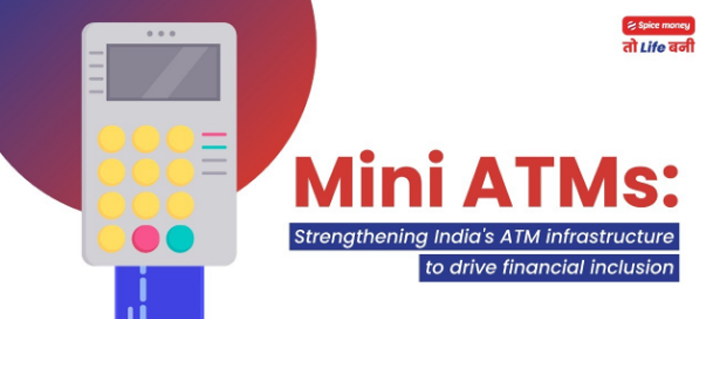
Disruption in any industry is a call for changing times. The financial services industry is no different. There are plenty of changes underway that could potentially transform the sector
completely. However, in light of all these changes and growth, we must keep in mind that section of the society that is at risk of being left behind, like those who reside in rural India. Every country across the globe understands and takes into account the importance of driving financial inclusion. In India, it is a huge challenge but there are ways to overcome it and I believe, fintech leaders have a vital role to play in this.
The COVID-19 pandemic, the subsequent economic slump, and the sudden digitisation in cities severely impacted the ATM industry. Scheduled banks and independent ATM operators also
known as white-label ATM operators have reduced the number of ATMs in their network. This in turn has affected people from rural and semi-urban centres. To understand the issue at hand, we must first face the fact that India is among the few countries that have the lowest penetration of ATMs. According to data, India has nearly 650,000 villages and there is only one ATM for 10 villages[1]. This is a huge hurdle for financial inclusion. Rural communities need 24x7 ATM access otherwise they will be forced to store more cash in their homes than they require, thus facing other challenges.
While we speak about India's low ATM penetration, one must also understand that it is not viable for banks to extend their infrastructure to rural parts of the country. However, this is where fintech players come into the picture. The seemingly simple mini-ATM is more than a buzzword and is essentially a very effective tool to drive financial inclusion. A mini ATM has more or less the same functionality as that of the traditional ATM unit. It is a card swiping machine that offers financial solutions to the customer without having the bank reach out to the last mile. They work as handheld point-of-sale terminals, which in our case, is operated by a Spice Money Adhikari. They can use this machine to disburse cash in remote locations or rural areas of the country, almost acting as a doorstep mobile banking arrangement.
Typically, a bank ATM needs at least 80-100 transactions in a day to be viable for the bank. However, mini ATMs surpass this challenge as banking correspondents like Spice Money Adhikaris can carry it and travel to far-flung areas and villages as well. The mini ATMs are designed as a solution to bridge the banking gap for rural Indians.
As the country moves towards a digital era, I believe mini ATMs play an increasingly crucial role in alleviating poverty and accelerating inclusivity. With over 85000 activated Spice Money mini ATMs spread across the country, we’re taking strides in the right direction. Though achieving complete financial accessibility in India seems like an ambitious goal, it is not an impossible one. It can be done with the right kind of collaboration and cooperation between private and public players as well as employing effective technologies and solutions. Building a strong mini ATM network is just the beginning of a long journey that will be arduous but rewarding and will ultimately promote inclusivity financially.
Source: https://www.fortuneindia.com/macro/why-the-atm-industry-in-india-continues-to-struggle/105011
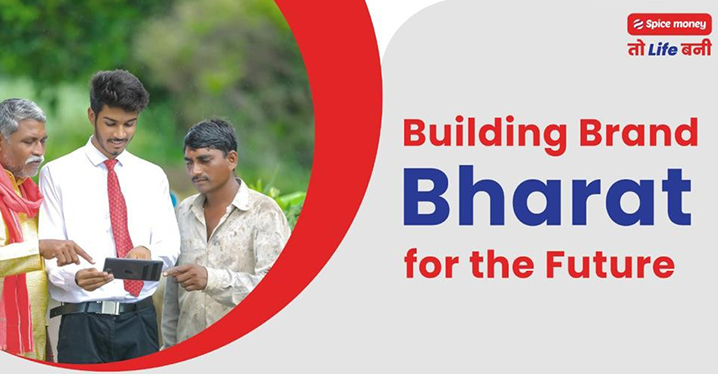
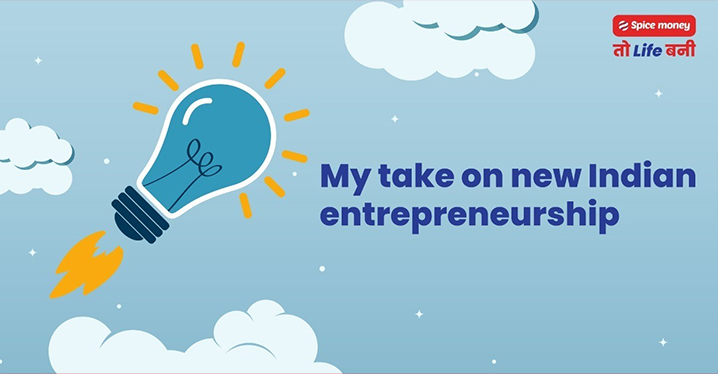

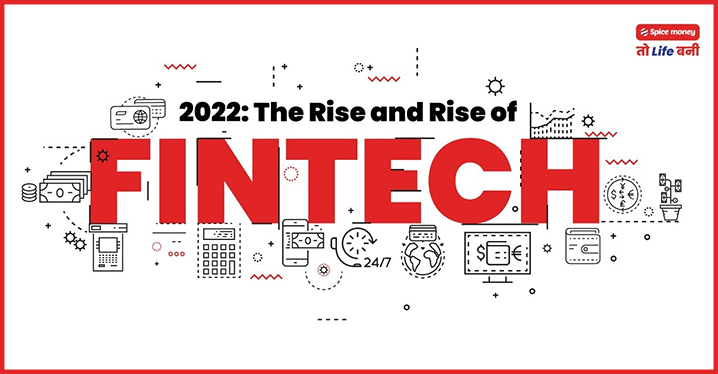


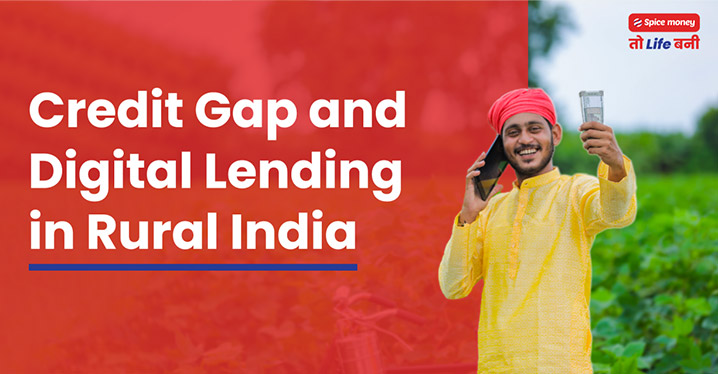

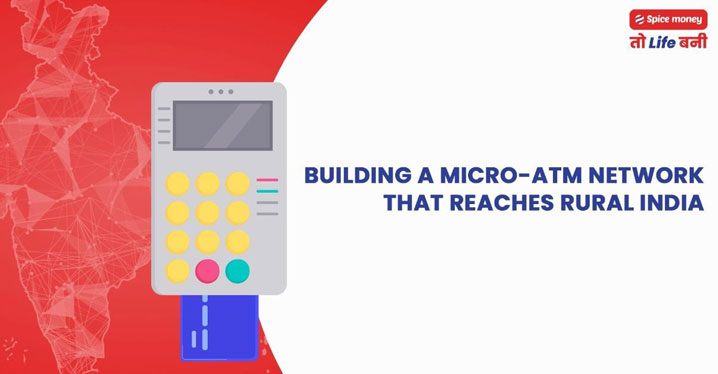

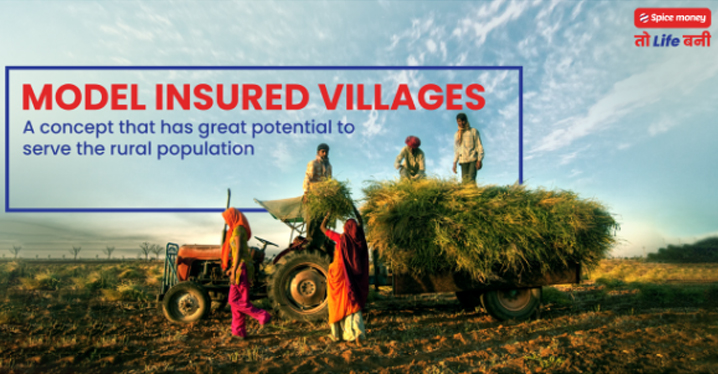

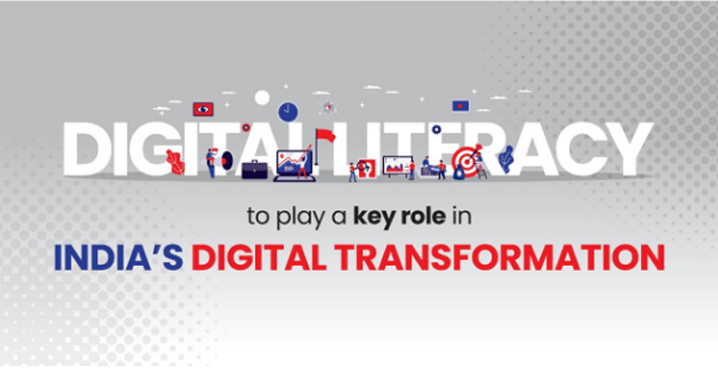
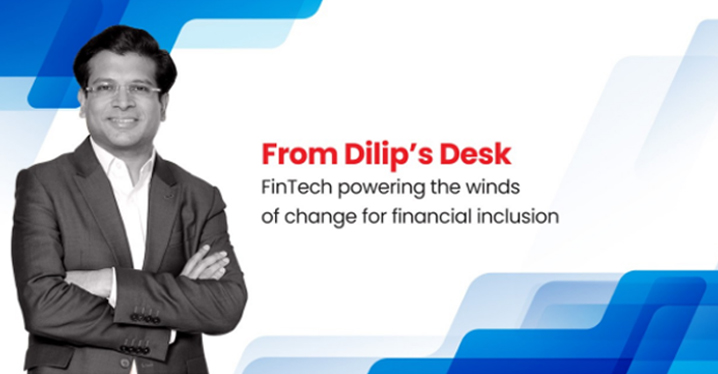
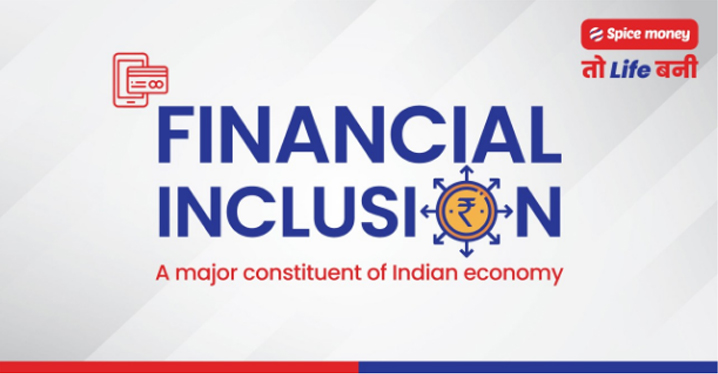
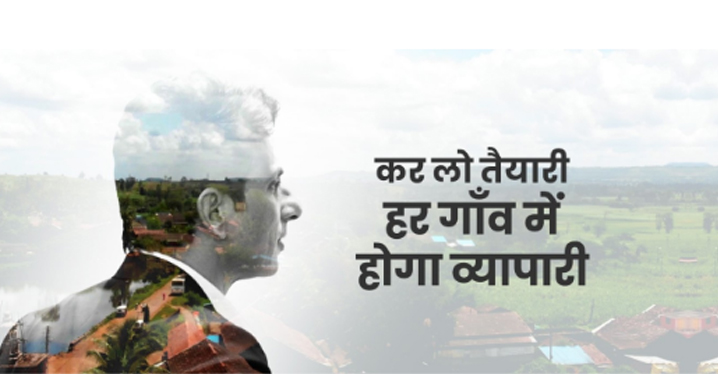
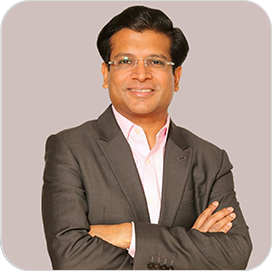







Comment (0)